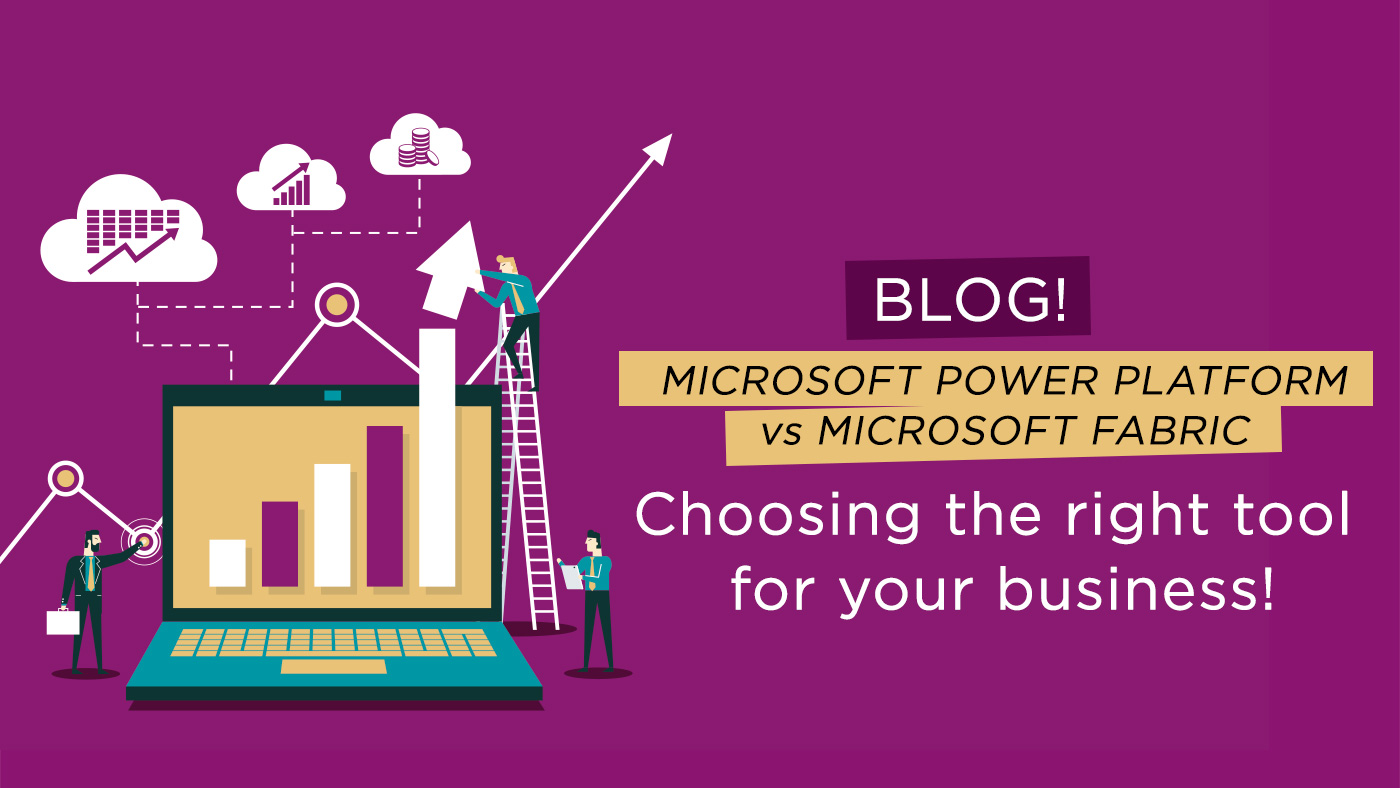
Microsoft Power Platform vs. Microsoft Fabric: Choosing the right tool for your business
Key differences, use cases, and deciding which solution meets your needs
Author: Scott Davies, Business Intelligence Consultant at Climber.
Microsoft Power Platform & Microsoft Fabric
In today’s fast-paced world of data management and business process automation, Microsoft offers two powerful platforms — Microsoft Power Platform and Microsoft Fabric. Both are designed to streamline operations and improve decision-making but cater to different business needs. In this blog post, we’ll explore the essential differences between Microsoft Power Platform vs. Microsoft Fabric, helping you choose the right tool for your specific requirements.
What is Microsoft Power Platform?
Microsoft Power Platform is a suite of low-code tools that empower users to automate business processes, analyse data, and build custom applications. It includes:
- Power BI: Business Intelligence tool for data visualisation and analysis (also available in Microsoft Fabric).
- Power Apps: Low-code platform for custom app development.
- Power Automate: Workflow automation tool to streamline tasks.
- Power Virtual Agents: AI-powered chatbots for customer service.
- Power Pages: A secure, enterprise-grade low-code platform for building business websites.
Key Benefits of Microsoft Power Platform
- Low-Code Application Development: Allows both developers and non-developers (citizen developers) to create apps and workflows.
- Business Process Automation: Streamlines repetitive tasks, freeing up time for more strategic activities.
- Data Insights and Visualisation: Offers a simplified approach to analysing data and generating reports with Power BI.
- Empowering Citizen Developers: Enables non-technical users to build custom business solutions.
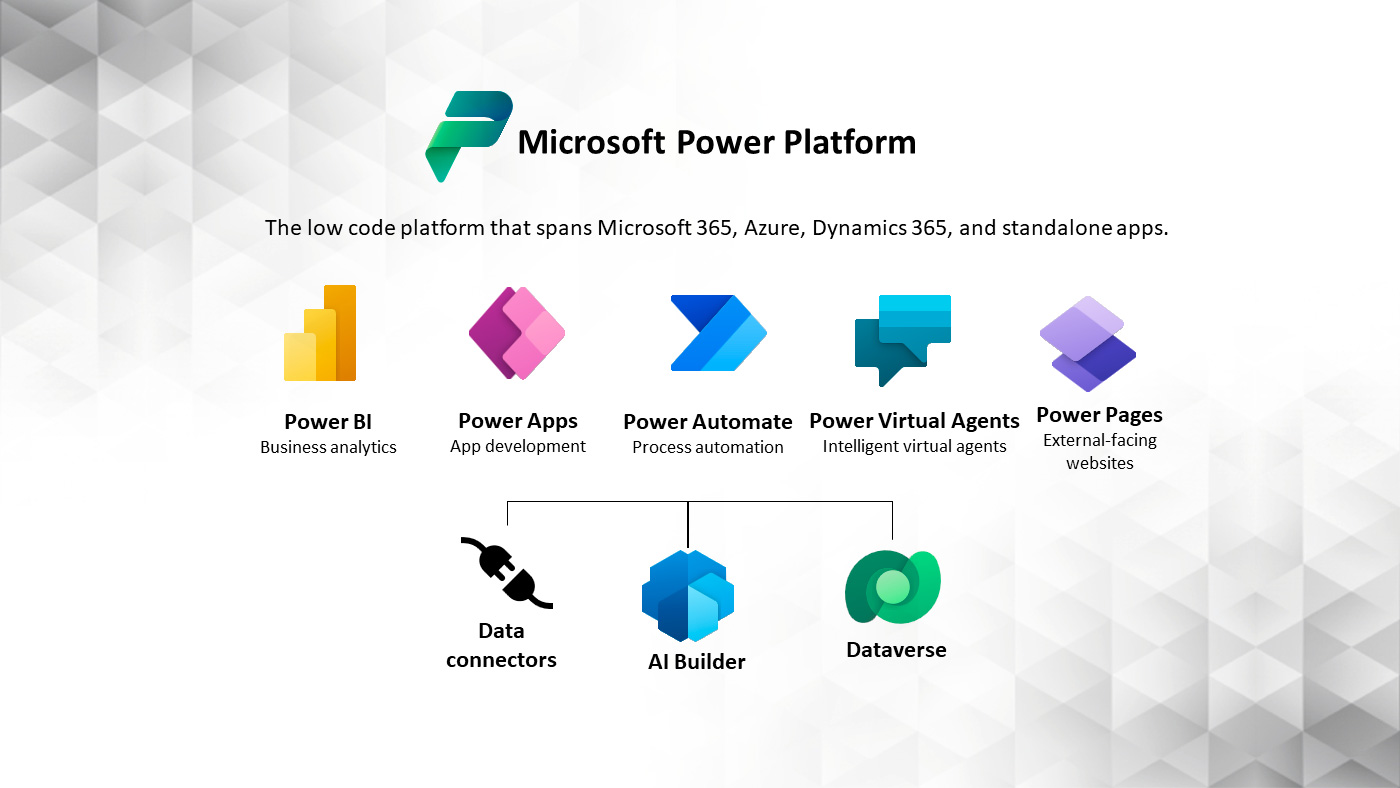
Microsoft Power Platform Use Cases
Some real-world applications for Microsoft Power Platform include:
1. Employee Onboarding
- Before: Employee details were manually captured in Excel and emailed to the relevant departments for approval and system updates, resulting in delays and data capture errors.
- After: Power Apps captures the data via Active Directory, with automation integrated to update systems and send approval notifications, streamlining the process and eliminating errors.
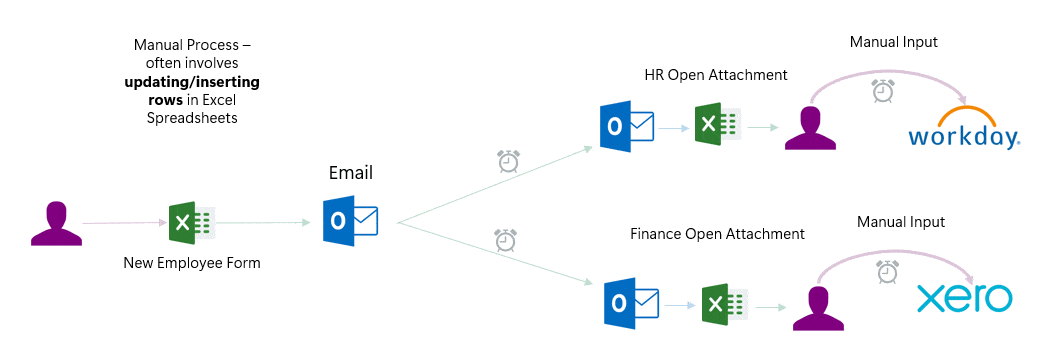
2. Warranty Claims Automation
- Before: Manual processes involved downloaded claims forms, manually capturing claims, manual processing, and communicating with customers via email, leading to delays and human errors.
- After: Power Pages and Power Apps automate the claim process, capturing data and pushing the claim through the automated workflow, thereby improving customer satisfaction and reducing processing time.
What is Microsoft Fabric?
Microsoft Fabric is a unified data platform designed to manage, analyse, and process large datasets, providing a suite of advanced tools for data management, machine learning, and analytics. Key components of Microsoft Fabric include:
- Data Factory: A service for data integration, allowing you to ingest and transform data.
- Synapse Data Engineering: A platform for complex data transformation and quality management.
- Synapse Data Warehouse: A cloud-based data warehousing solution.
- Synapse Data Science: A platform for machine learning model development and deployment.
- OneLake: A unified data lake for storing and managing all your data.
Key Benefits of Microsoft Fabric
- Advanced Data Analytics: Fabric excels at large-scale data analysis and AI-powered insights.
- Comprehensive Machine Learning Tools: Built-in support for data science workflows and predictive analytics.
- Data Democratisation: Makes data accessible across the organisation, enabling better decision-making.
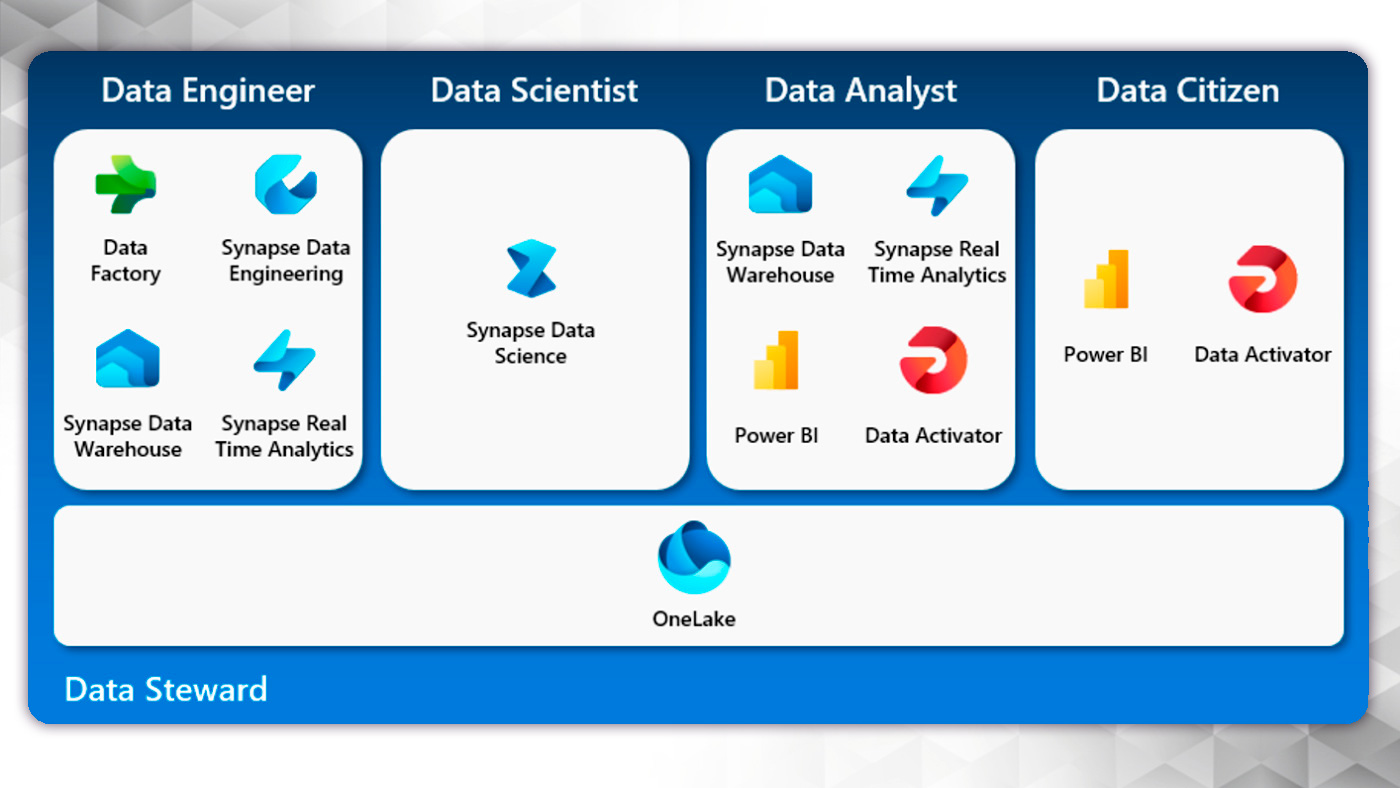
Microsoft Fabric Use Cases
Use cases for Microsoft Fabric include:
1. Sales Performance and Forecasting
- Before: Sales data was manually downloaded and analysed in Excel; a lengthy process leading to guesswork in stock ordering.
- After: Automated integration with sales and weather data feeds machine learning algorithms to provide accurate demand forecasting in Power BI.

2. Financial Performance Reporting
- Before: Files manually downloaded and transformed using Excel, resulting in mistakes and delays in updating the report, along with key-person dependencies.
- After: Automated overnight data downloading and transformation resulting in up-to-date, accurate reports.
Microsoft Power Platform vs. Microsoft Fabric: Choosing the Right Tool
Both Microsoft Power Platform and Microsoft Fabric are powerful tools, but they address different needs:
- Use Case Considerations
- Power Platform is ideal for business process automation and custom application development at the departmental or business unit level.
- Fabric is designed for large-scale data analytics, AI-powered insights, and machine learning at the enterprise level.
- Complexity and Volume of Data
- Fabric is suited for large, complex datasets.
- Power Platform is better for smaller, more tactical solutions to business problems.
- User Interaction
- Power Platform excels in building user-facing applications.
- Fabric focuses on backend data processing and analytics.
- AI and Machine Learning Capabilities
- Fabric provides robust AI and machine learning tools.
- Power Platform has limited AI capabilities.
How Microsoft Power Platform and Fabric Work Together
In many cases, businesses can benefit from using both platforms together to achieve a powerful end-to-end solution:
- Dataverse and OneLake Integration: Data from Power Platform apps can be stored in Dataverse and then replicated to OneLake for analysis in Fabric.
- Power BI for Unified Reporting: Power BI serves as a cross-platform reporting and visualisation tool for data from both Power Platform and Microsoft Fabric.
- AI Integration in Power Apps: Machine learning models built in Microsoft Fabric can be integrated into Power Apps, enhancing functionality with AI-driven insights.
Choosing Between Microsoft Power Platform and Fabric
Whether you’re looking to automate manual processes, analyse large datasets, or leverage AI-powered insights, both Microsoft Power Platform and Microsoft Fabric offer valuable solutions. Understanding the key differences and considering your specific needs can help you choose the right tool or combination of tools for your business.
- Microsoft Power Platform is your go-to for automation, low-code application development, and business process optimisation.
- Microsoft Fabric is ideal for handling large-scale data analysis, AI-driven insights, and enterprise-level data management.
If you’re unsure which platform fits your needs, Climber can help you navigate these tools and provide a cost-effective solution tailored to your business. Contact us today to discuss your unique data and reporting requirements!

WANT TO KNOW MORE? CONTACT US!
Scott Davies
BI Consultant & Training Manager
scott.davies@climberbi.co.uk
+44 203 858 0668
James Sharp
Managing Director
james.sharp@climberbi.co.uk
+44 203 858 0668
News archive

The Data Literacy Imperative – Why your business can’t afford to ignore it
A recent Gartner report ranks poor data literacy among the top five barriers to the success of data and analytics initiatives. Discover strategies to bridge the data literacy gap and empower your team to make informed, data-driven decisions.
>> Read more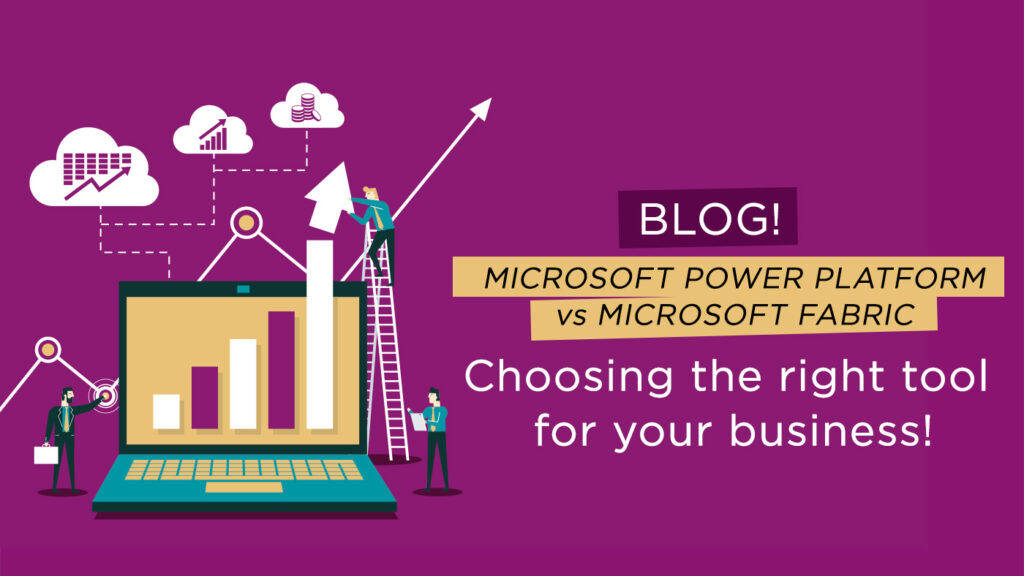
Microsoft Power Platform vs. Microsoft Fabric: Choosing the right tool for your business
This guide will help you understand the key differences and use cases for Microsoft Power Platform and Microsoft Fabric, while deciding which solution meets your needs.
>> Read more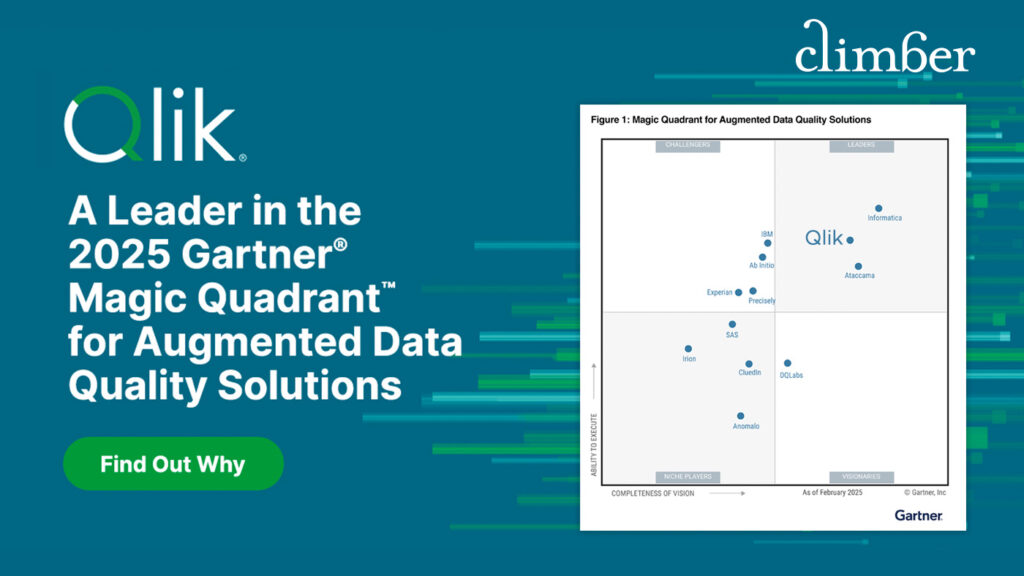
Qlik a Leader in the 2025 Gartner Magic Quadrant for Augmented Data Quality Solutions
Gartner has published the 2025 Magic Quadrant for Augmented Data Quality Solutions. After evaluating 12 top vendors, they have once again named Qlik a Leader—marking the sixth time!
>> Download the report
